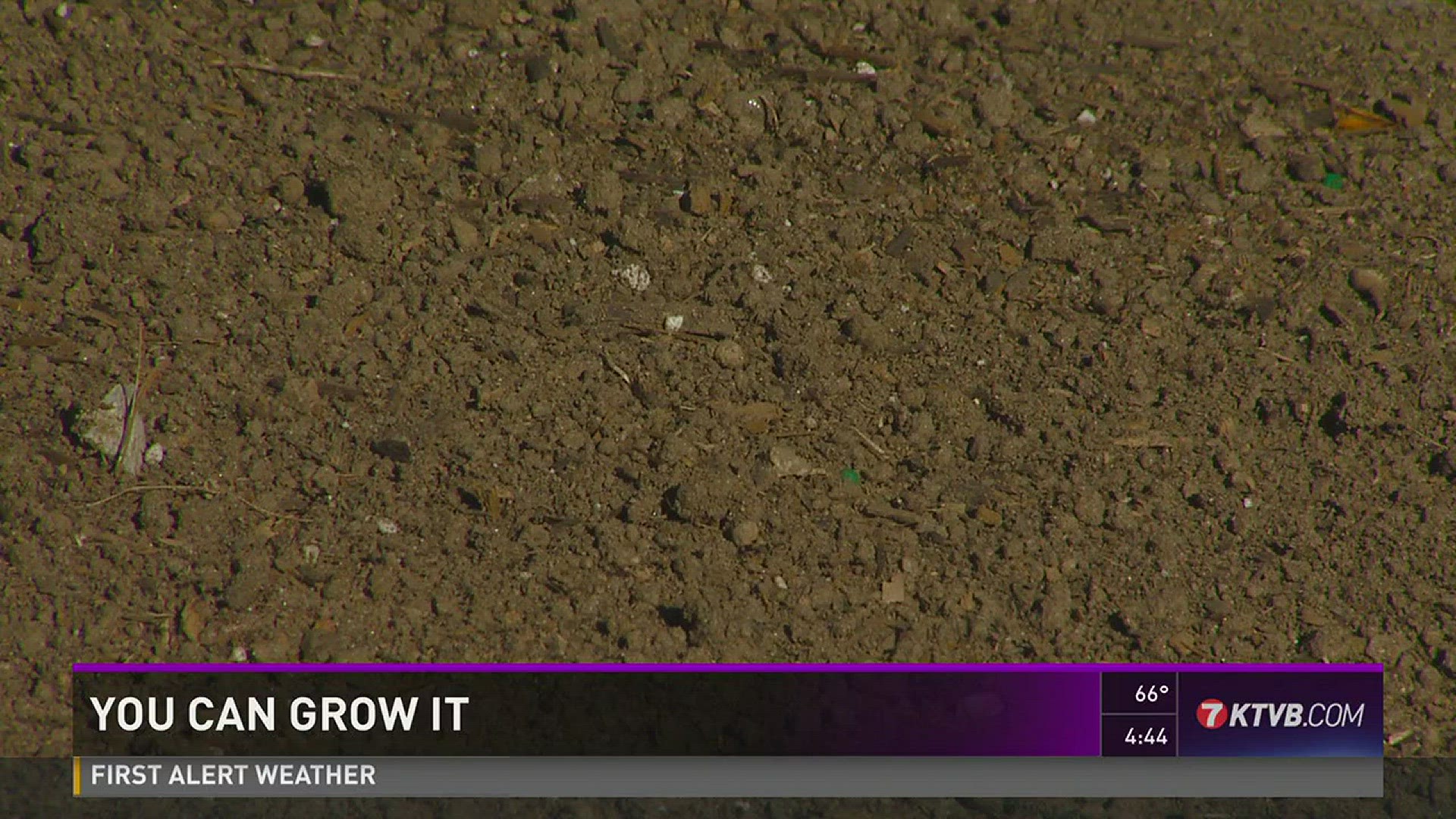BOISE -- Are you ready to start planting some flowers and veggies in your garden?
It’s still a little too early to plant a lot of things, but it is a good time to plant some cold weather vegetables, like lettuce, spinach, beets and carrots.
But sometimes it’s hard to plant those little seeds in a straight line and get them properly spaced.
It’s still too soon to start planting most of your vegetables outside in the garden.
But if your soil is ready, and it’s not too wet, these early days of spring are a perfect time to plant some cold tolerant vegetables, like lettuce, spinach and carrots.
Some seeds, like carrots, are very small, and it’s difficult to get them spaced properly. Sometimes the wind blows them or birds eat them.
I’ve found seed tapes to be a good solution to that problem.
Seed tapes are strips of paper or other easily decomposing material that are imbedded with vegetable or flower seeds. The seeds are spaced at the proper intervals, so you get a straight row, and you don’t have to do as much thinning later on.
But seed tapes can be expensive. This carrot seed tape contains 500 seeds and is 15 feet long, but it costs about five dollars. I can make my own seed tapes easily and much cheaper.
Here’s one I made using beet seeds. This is a great project for those cold, wet days when you can’t get out to work in the garden. It’s also a fun project for kids to do.
All you need is a packet of seeds, and some other stuff you already have around the house. You can use bathroom tissue, and make a paste out of flour and water. The paper and the paste will easily dissolve in the soil, allowing the seeds to sprout in a straight line and at the proper spacing.
First, lay out a length of toilet paper about three feet long. You can also use paper towels. Fold it over by sections, and then use a pair of scissors to cut the strip in half lengthwise. Now you have two narrow strips, each three feet long. Lay one of the strips out lengthwise.
Next, using a ruler, mark the proper spacing for the seeds. This packet of carrot seeds says they should be spaced about an inch apart.
In a small bowl, stir a little flour and water together to make a sticky paste. I’ll also add a drop or two of food coloring, to make it easier to see the dot of paste against the white paper.
Using a q-tip or a toothpick, place dots of the paste along one edge of the strip where you made your marks for the seeds.
Spread your seeds out on a plate, and using your fingers or some tweezers, drop one or two seeds on each dot of paste.
Then carefully fold the paper lengthwise over the seeds and gently pat it down. Let it dry for an hour or so, then fold or roll the strip up. Be sure to mark the strip with the kind of seeds it contains. Place them in a ziplock bag to keep them dry and in a cool place until you’re ready to plant. I’ll stick the seed packets in with them so I’ll have the planting instructions.
When you’re ready to plant, follow the instructions on the seed packet. For carrots, dig a straight trench about an inch deep, then lay the seed tape in the trench. If it’s windy, use small rocks to weigh it down until you get it laid out. Cover the strip with about a half inch of soil, and then water it in.
In a week or so, I should start seeing some seedlings coming up. The paper strip will dissolve and act as a mulch for the seedlings. When they grow to be a few inches high, I can thin them as needed.
Save money, and have some fun with the whole family with home-made seed tapes.
Seed tapes work best for small seeds, like carrots and lettuce. Larger seeds can be sown directly into the soil once the weather warms up.
And if you don’t want to make your own paste from flour and water, you can use white glue, or even a glue stick. It will dissolve and won’t harm the seed.

